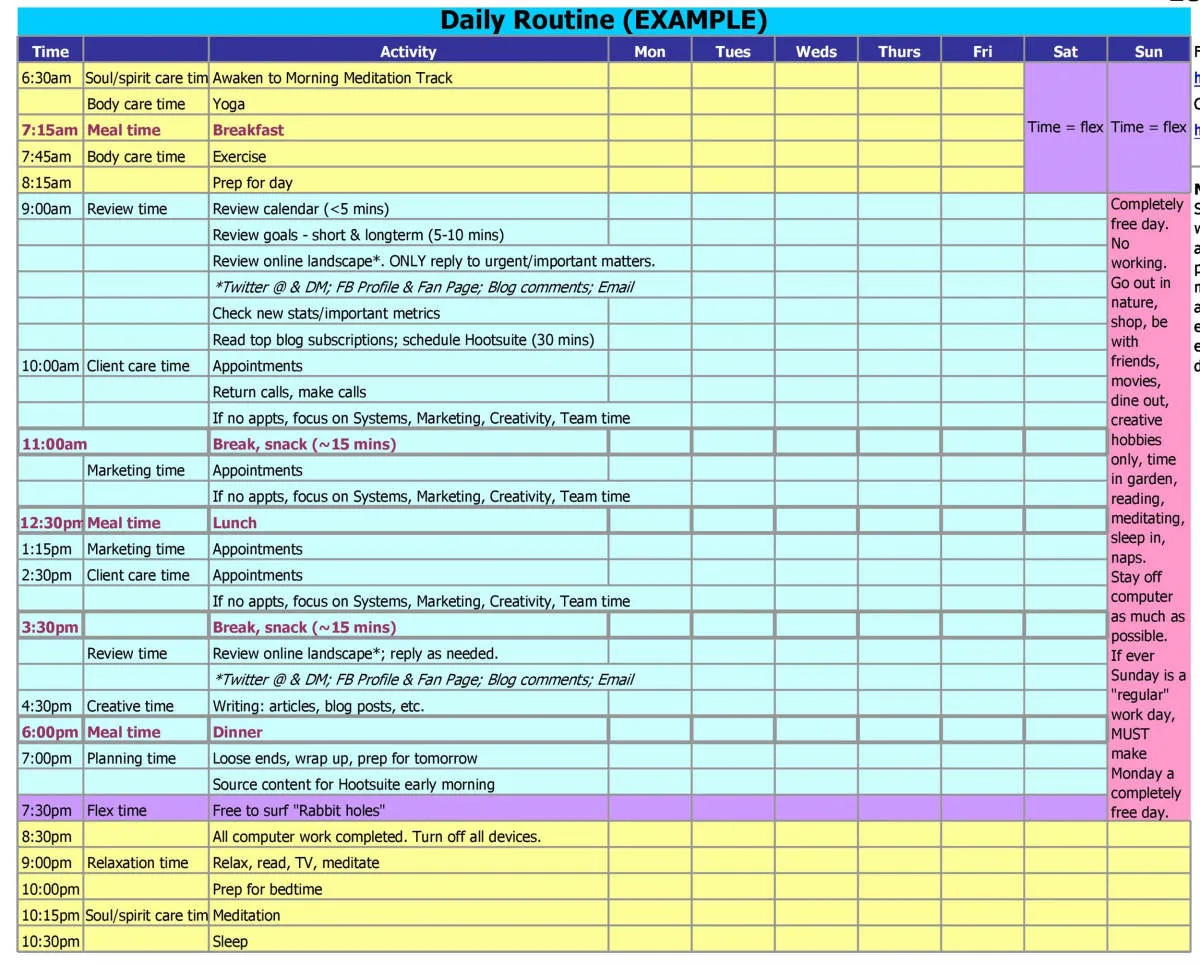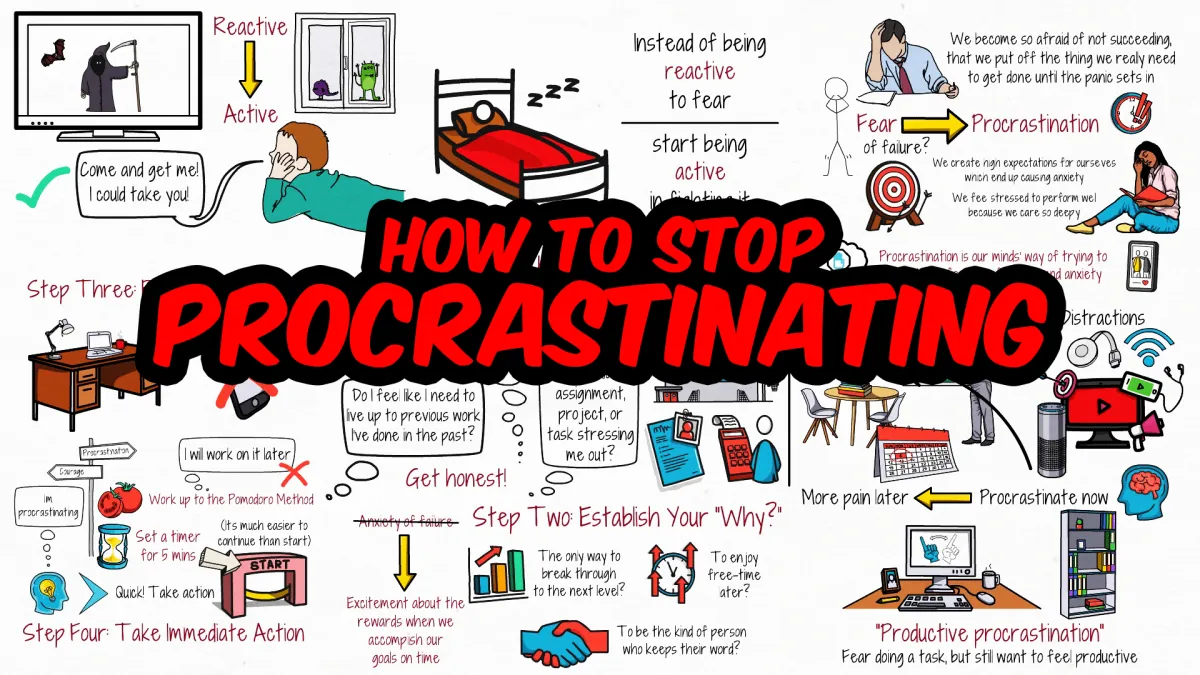Busy professionals can enhance productivity with effective time management strategies. Learn how to prioritize tasks, set realistic goals, and utilize tools to maximize efficiency.
Importance of Time Management

Time management is crucial for everyone, but it’s especially vital for busy professionals. Effective time management can be the difference between a stressful, chaotic workday and a productive, fulfilling one. Here’s why:
Reduced Stress and Anxiety
When you manage your time well, you feel more in control of your workload. This can lead to reduced stress levels and a more positive outlook on your professional life. Proactively planning your day allows you to allocate appropriate time to tasks, minimizing the feeling of being overwhelmed.
Increased Productivity and Efficiency
Effective time management allows you to prioritize tasks and focus on what truly matters. By eliminating distractions and allocating specific time slots for particular activities, you optimize your workflow and accomplish more in less time.
Improved Decision-Making
A clear mind, free from the clutter of unfinished tasks, is better equipped to make sound decisions. When you’re not rushing against the clock, you can dedicate the necessary time to evaluate options and weigh potential outcomes.
Enhanced Career Opportunities
Individuals with strong time management skills are highly valued in any profession. Demonstrating your ability to prioritize, meet deadlines, and manage your workload effectively can open doors to new opportunities and career advancements.
Improved Work-Life Balance
Perhaps most importantly, effective time management allows you to create a healthier work-life balance. By making time for personal commitments, hobbies, and relaxation, you prevent burnout and enjoy a more fulfilling life overall.
Setting Priorities

One of the cornerstones of effective time management is the ability to prioritize tasks effectively. Busy professionals often face a multitude of demands, and without a clear understanding of what’s truly important, it’s easy to get bogged down in the urgent rather than focusing on the significant.
Here are several key strategies for setting priorities:
1. Identify Your Most Important Tasks (MITs)
At the start of each day (or the night before), determine the two or three absolutely crucial tasks that must be accomplished. These are your MITs. By focusing on these first, you ensure that even if other tasks get pushed aside, you’ve made progress on what truly matters.
2. Utilize the Eisenhower Matrix
This classic prioritization tool helps categorize tasks based on their urgency and importance. By plotting your tasks on a matrix with these two axes, you gain clarity on:
- Urgent and Important: Tasks to do immediately.
- Important, Not Urgent: Tasks to schedule and dedicate specific time to. This is where your most valuable work often lies.
- Urgent, Not Important: Tasks to delegate whenever possible.
- Not Urgent, Not Important: Tasks to eliminate or minimize.
3. Learn to Say “No”
A critical aspect of prioritizing is recognizing that you can’t do everything. Learn to politely but firmly decline additional tasks or commitments that don’t align with your top priorities or that could derail your schedule.
4. Regularly Review and Adjust
Priorities can shift. It’s crucial to review your task list and goals regularly (weekly, for example). This allows you to adjust your priorities based on new deadlines, changing project scopes, or evolving organizational objectives.
Creating a Daily Schedule

A cornerstone of effective time management for busy professionals is a well-structured daily schedule. This acts as a roadmap, guiding you through your tasks and commitments, ensuring that you stay focused and productive.
Prioritize and Allocate Time
Begin by identifying your most important tasks for the day, aligning them with your overall goals. These are your non-negotiables. Allocate specific time slots for these tasks, ensuring you dedicate your peak productivity hours to the most demanding activities.
Break Down Large Tasks
Large projects can seem daunting and unmanageable. Break them down into smaller, more manageable sub-tasks. Assign time slots for each sub-task, making the overall project feel less overwhelming and easier to track.
Schedule Breaks
Regular breaks are not a luxury but a necessity. Incorporate short breaks throughout your schedule to rest and recharge. This prevents burnout and maintains a consistent level of focus and productivity throughout the day.
Be Realistic and Flexible
While it’s important to have a structured schedule, it’s equally crucial to be realistic. Avoid overscheduling yourself, leaving buffer time for unexpected tasks or delays. Build flexibility into your schedule to accommodate unforeseen circumstances without derailing your entire day.
Avoiding Procrastination

Procrastination is a significant obstacle to effective time management. It can lead to missed deadlines, increased stress levels, and reduced productivity. Here are some strategies to help you avoid procrastination and stay on top of your workload:
1. Identify Your Procrastination Triggers
Understanding why you procrastinate is the first step to overcoming it. Do you feel overwhelmed, fear failure, or lack motivation? Once you know your triggers, you can develop strategies to address them.
2. Break Down Large Tasks
Large projects can feel daunting and lead to procrastination. Break down these tasks into smaller, more manageable steps. This makes the work seem less overwhelming and allows you to track your progress more easily.
3. Create a Schedule and Stick to It
Having a structured schedule helps you prioritize tasks and allocate time effectively. Use a planner, calendar app, or to-do list to organize your day and set realistic deadlines.
4. Eliminate Distractions
Distractions can derail your focus and lead to procrastination. Create a dedicated workspace free from interruptions like social media, emails, and phone notifications. Consider using website blockers or noise-canceling headphones to minimize distractions.
5. Use the Two-Minute Rule
If a task takes less than two minutes to complete, do it immediately. This simple rule helps you tackle small tasks promptly and prevents them from piling up and becoming overwhelming.
6. Implement the Pomodoro Technique
The Pomodoro Technique involves working on a task for 25 minutes, then taking a five-minute break. After four cycles, take a longer break of 15-20 minutes. This technique helps maintain focus and prevents burnout.
7. Reward Yourself
Celebrate your accomplishments, no matter how small. Rewarding yourself for completing tasks, even minor ones, can boost motivation and make it easier to stay on track.
Using Time Management Tools

In today’s fast-paced professional world, effective time management is non-negotiable. Fortunately, a plethora of tools exist to help busy professionals wrangle their schedules and boost productivity. These tools range from low-tech to high-tech and can be adapted to individual preferences and needs.
Digital Calendars and Scheduling Apps
Digital calendars are a cornerstone of time management. Apps like Google Calendar, Outlook Calendar, and Apple Calendar allow you to:
- Schedule appointments and meetings
- Set reminders for deadlines and tasks
- Share calendars with colleagues for easy collaboration
- Color-code events for quick visual organization
Task Management Applications
For managing to-do lists and projects, task management apps are invaluable. Popular choices include:
- Asana: Ideal for team collaboration and project management.
- Trello: Uses a visual board system for organizing tasks and workflows.
- Todoist: Offers a simple and intuitive interface for individual task management.
These apps allow you to break down large projects into smaller, manageable tasks, assign deadlines, and track progress.
Time Tracking Software
Understanding where your time goes is essential for optimization. Time tracking tools provide insights into your work habits and help identify areas for improvement. Consider these options:
- Toggl Track: Offers simple time tracking with detailed reporting features.
- RescueTime: Automatically tracks time spent on applications and websites, providing valuable productivity data.
- Clockify: A free and open-source time tracking tool suitable for individuals and teams.
Balancing Work and Personal Life

One of the biggest challenges for busy professionals is finding a sustainable balance between work demands and personal life. Neglecting either side of the equation can lead to burnout, stress, and diminished well-being. Effectively managing your time is crucial to nurturing both your professional success and personal fulfillment.
Set Clear Boundaries: Establish dedicated work hours and stick to them as much as possible. When you’re off-work, resist the urge to check emails or engage in work-related tasks. This separation helps you mentally detach from work and devote quality time to yourself and your loved ones.
Prioritize Ruthlessly: You can’t do everything. Learn to identify your most important tasks both at work and in your personal life. Delegate or eliminate tasks that are less critical, freeing up time and energy for what truly matters.
Schedule Non-Negotiable Personal Time: Just as you would schedule a meeting, block off time in your calendar for personal activities, hobbies, exercise, and social engagements. Treat these appointments as important commitments to yourself and honor them as you would any other.
Learn to Say No (Respectfully): It’s easy to become overloaded by agreeing to every request. Practice saying “no” gracefully to additional commitments that would infringe on your work-life balance. Politely decline or suggest alternatives when appropriate.
Unplug and Recharge: Constant connectivity can blur the lines between work and personal time. Make a conscious effort to disconnect from technology regularly. Designate device-free periods, such as during meals or an hour before bed, to allow yourself to truly unwind and recharge.
Conclusion
In conclusion, implementing efficient time management techniques is crucial for busy professionals to increase productivity and reduce stress levels, leading to a more balanced work-life harmony.

